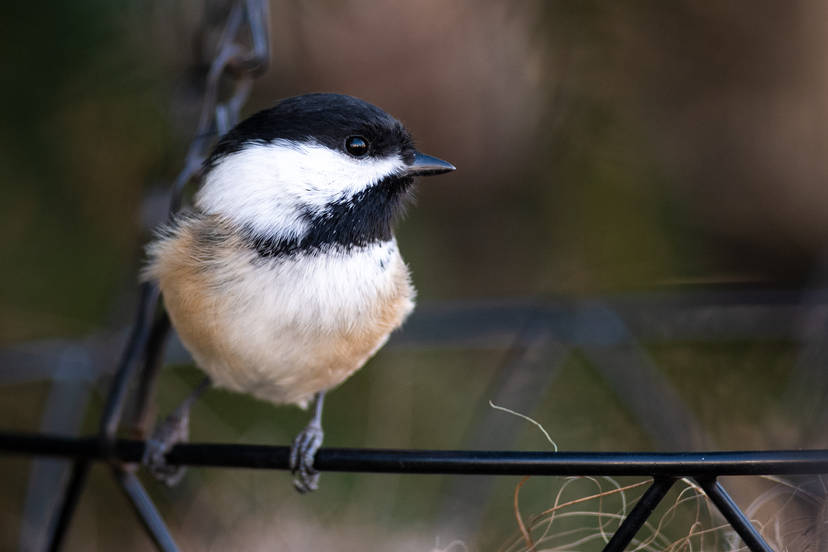The familiar black-capped chickadee spends its winters digging up food stockpiles.
That’s no small task. Somehow, each chickadee can scan its territory (up to 25 square kilometers) with a brain the size of a raisin, and reliably remember where to find its vital stashes of nuts and seeds.
How? Apparently, one research team found out, by using barcodes.
Chickadees use the same episodic memory center as humans, the hippocampus, when navigating their food caches. When a bird hides food for the coming winter, each location triggers a memory. When the same bird later browses its territory in search of caches, the memory recurs — in the form of hippocampal neurons that fire in sequences with minute specificity.
“We find that each memory is tagged with a unique pattern of activity in the hippocampus, the part of the brain that stores memories,” Dr. Dmitriy Aronov, senior author of a study pre-published in the journal Cell, told sci.news. “We called these patterns ‘barcodes’ because they are extremely specific labels of individual memories. For example, barcodes of two different caches are uncorrelated even if those two caches are right next to each other.”
Memory ‘arena’
The team’s work involved neural implants and careful-designed caching “arenas” for precise measurement. Though it hasn’t undergone peer review yet, it carries exciting implications.

The 76 sq cm arena and hippocampal activity expressed as “barcodes.” Image: Aronov et al
Scientists have understood for decades that the hippocampus is critical to memory. But tracing the pathways and mechanisms has proven challenging. It’s usually very difficult to tell exactly what a subject is remembering at the instant of observation.
Aronov’s team sought to narrow down these conditions and create a direct link between memory and action. Each bird’s neural implants parsed out memory activity from the brainwave soup as the animals darted around the arena. And six fixed cameras cued the researchers on when to key into the birds’ hippocampal readings.
“By focusing on these special moments in time, we were able to identify patterns of memory-related activity that had not been noticed before,” Aronov explained.
Barcodes in the great outdoors
For instance, animals use well-known neural structures called “place cells” to store location information. These cells activate in conjunction with memory — meaning, essentially, that they share an adjoining neurological link.
But the chickadee study found otherwise. Instead, place cell activity remained relatively constant throughout the experiment, and the birds’ “barcode” memories for food stashes fired on neural networks not necessarily associated with them.
It’s a possible brain hack for chickadees and any other species that uses a similar mechanism — the ability to build a quick, helpful reference system without fundamentally altering cognition.
“This is especially important for an animal navigating through a large, natural environment that is very sparsely populated by food caches,” the study said. “We predict that in complex environments, barcodes activate at decision points, and that this activation influences subsequent behavior of the bird.”






